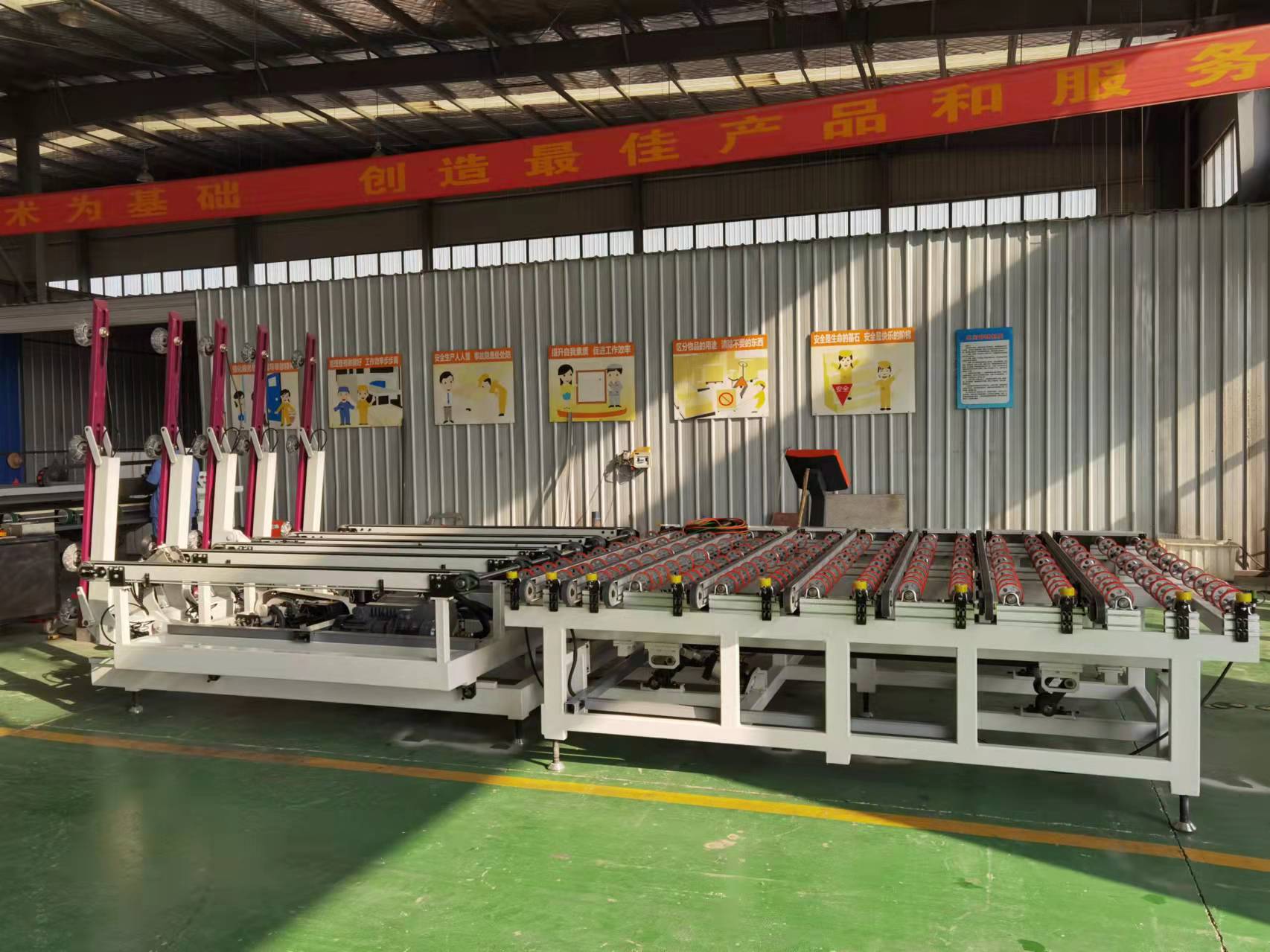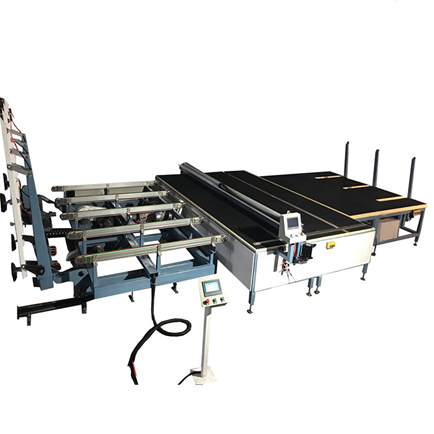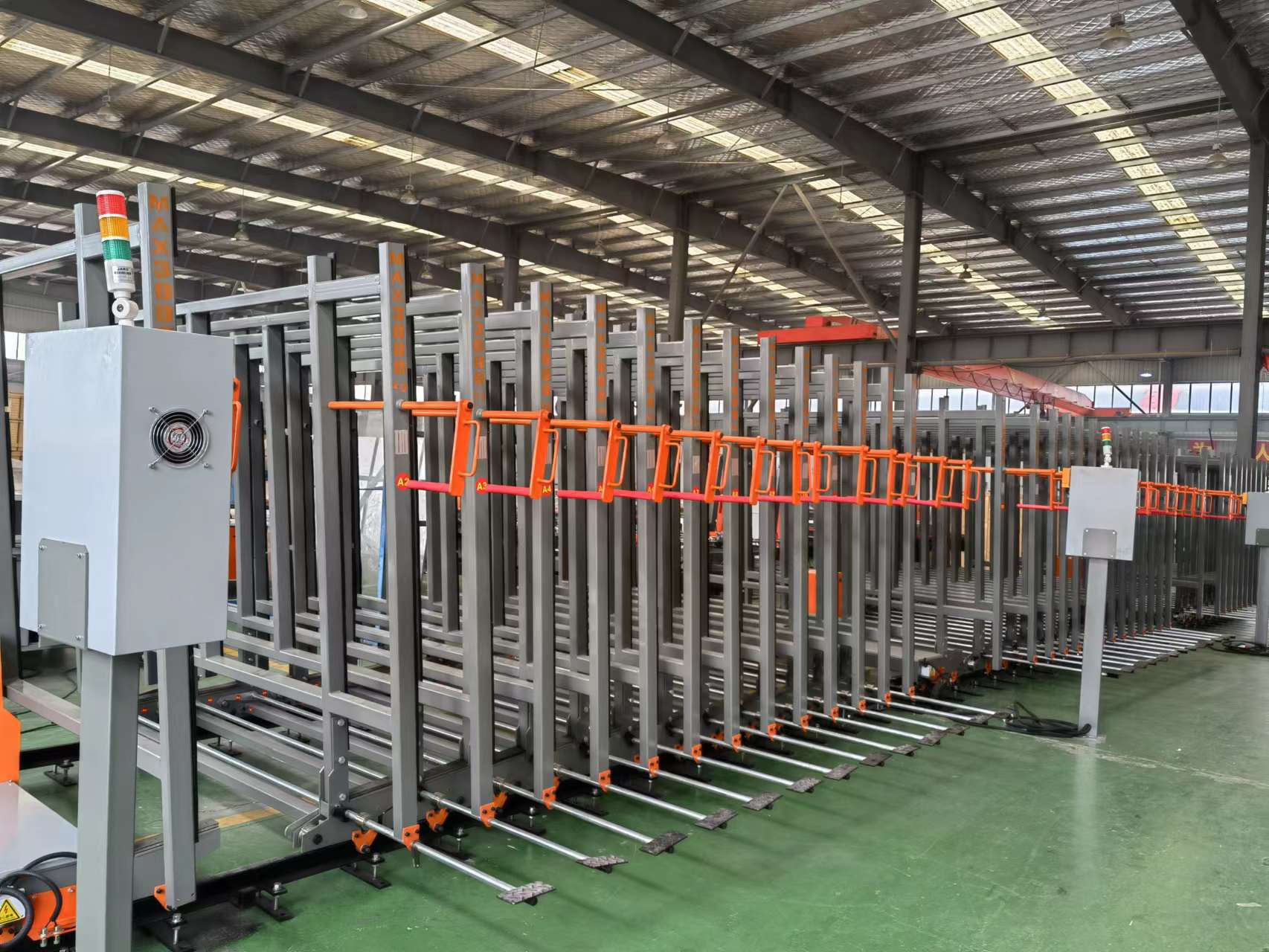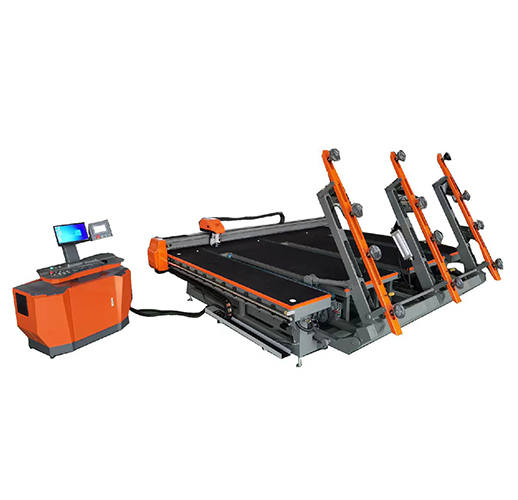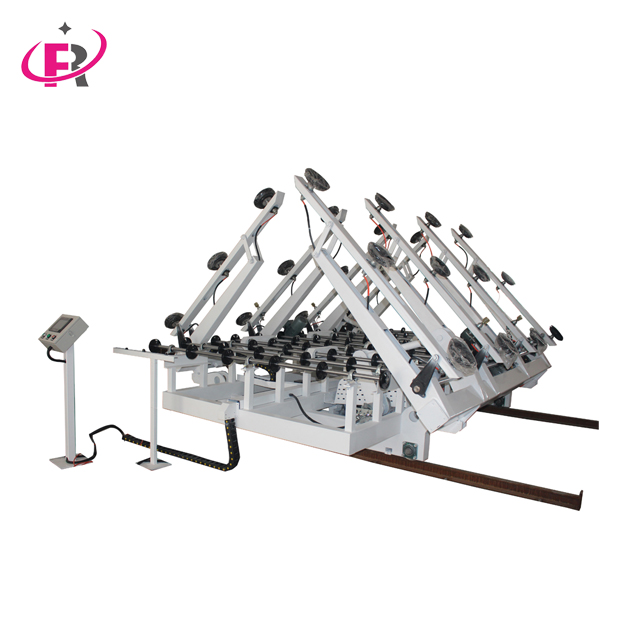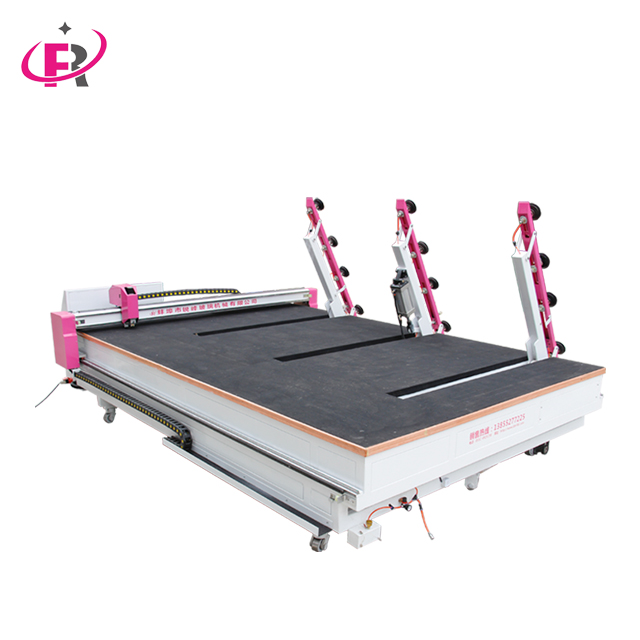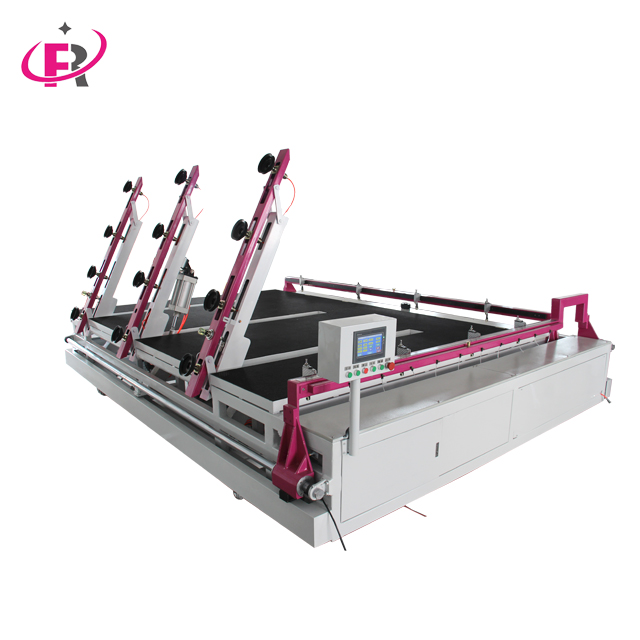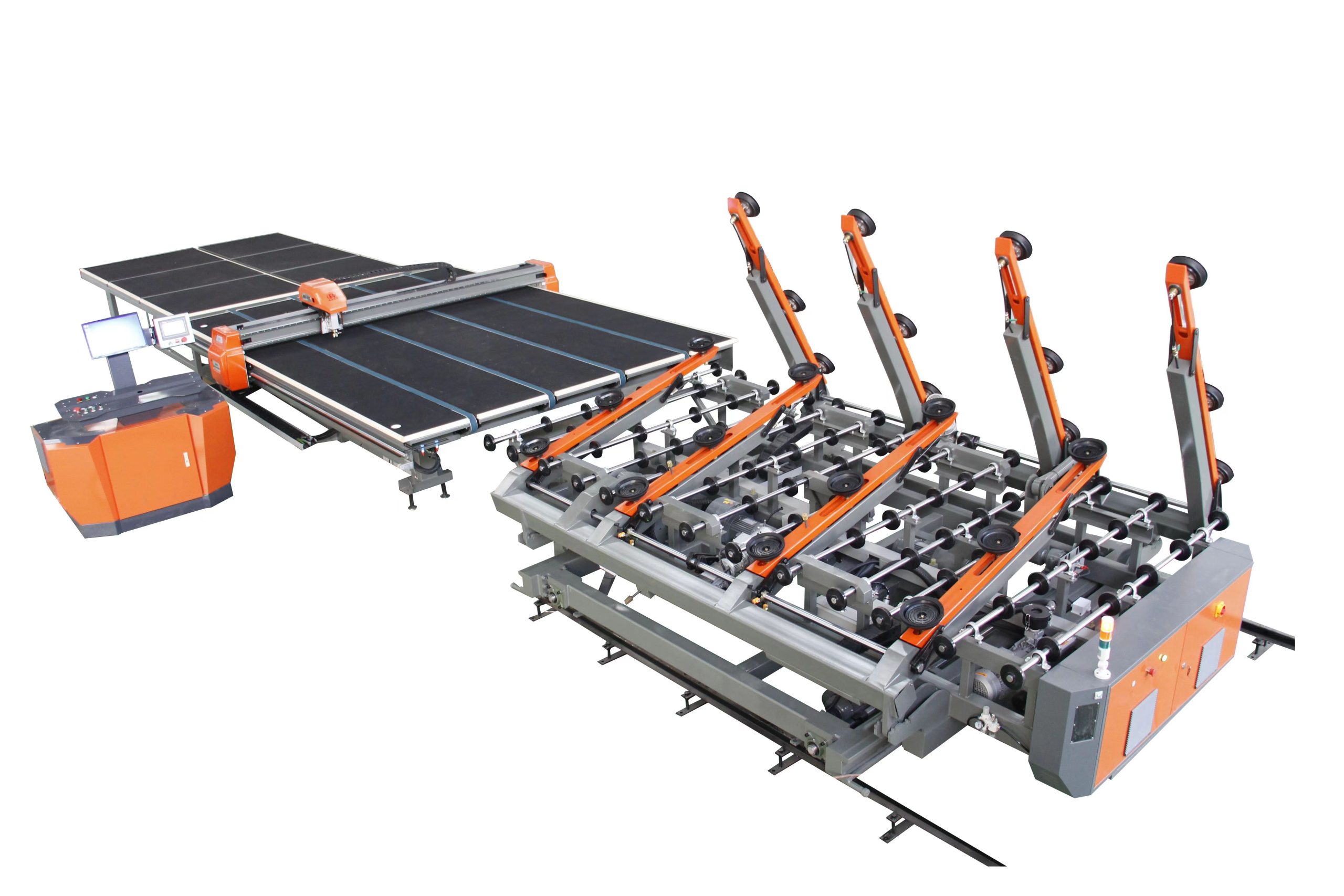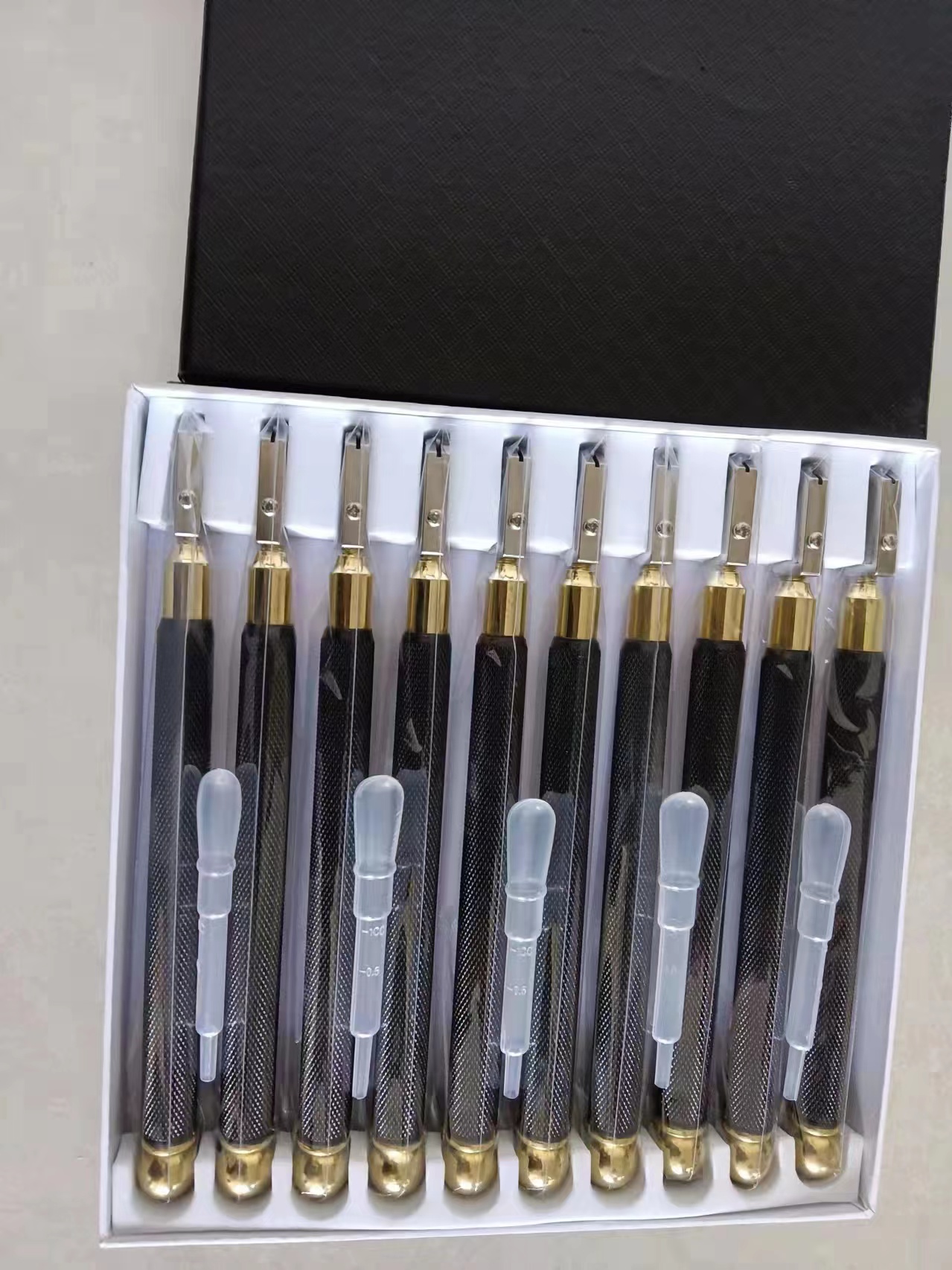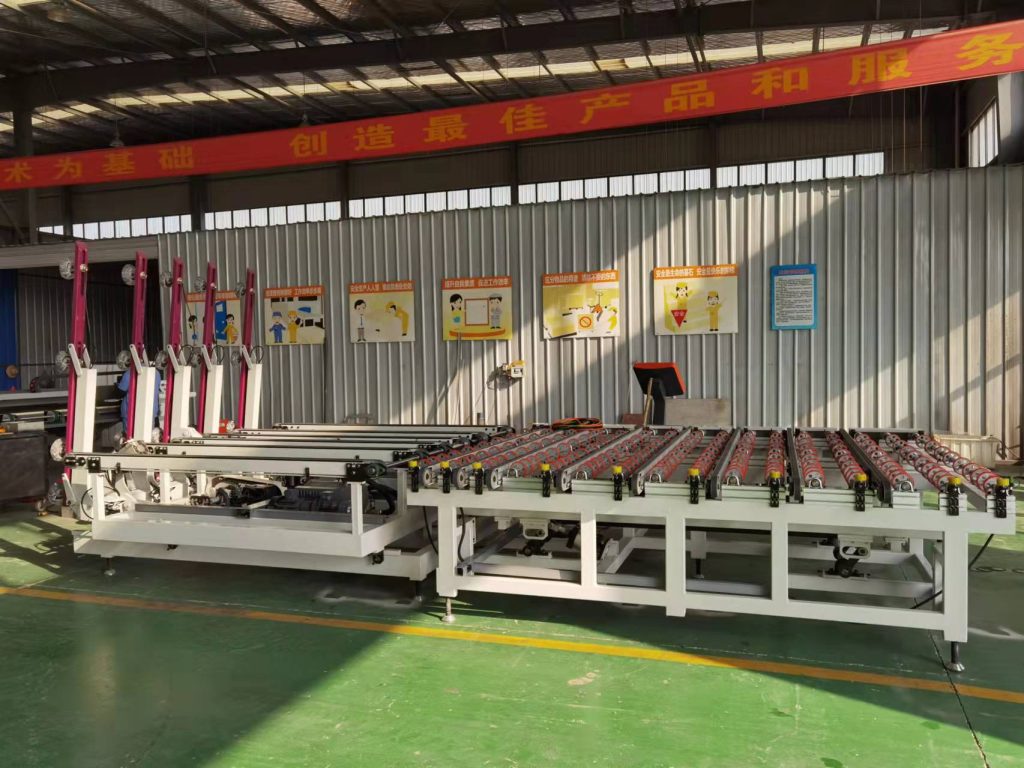What Users Care About
- Efficiency and productivity: Users seek tables that optimize the loading and unloading process, minimizing downtime and maximizing production output.
- Safety: Ensuring the safety of both the glass and the operators is paramount. Users prioritize tables that guarantee a secure and stable environment throughout the process.
- Durability: Glass handling tables endure rigorous use, so users demand robust and long-lasting solutions that withstand daily wear and tear.
- Ergonomics: To minimize the risk of injuries and promote operator well-being, users favor tables that prioritize ergonomics, reducing strain and fatigue.
- Versatility: Users often require tables capable of handling a wide range of glass sizes and thicknesses, ensuring adaptability to various requirements.
Addressing User Concerns
To address these concerns, glass loading and unloading tables have evolved to incorporate a host of features that enhance user experience and satisfaction:
- Motorized systems: Motorized tables automate the loading and unloading process, reducing manual labor and increasing efficiency.
- Anti-slip surfaces: The tables feature specially designed surfaces that prevent glass slippage, ensuring stability and safety during handling.
- Adjustable height: Height-adjustable tables accommodate various glass sizes and thicknesses, ensuring ergonomic and precise positioning.
- Fail-safe mechanisms: Built-in fail-safe mechanisms protect against potential accidents, providing peace of mind to operators.
- Customization options: Tables can be customized to meet specific requirements, including load capacity, table size, and additional accessories.
Applications and Benefits
Glass loading and unloading tables find applications in a wide range of industries, including:
- Glass manufacturing: Used for loading and unloading glass sheets during the production process.
- Glass fabrication: Employed for handling glass during cutting, shaping, and tempering operations.
- Glass transportation: Facilitates the loading and unloading of glass panels and sheets from vehicles.
- Glass installation: Used for precise placement of glass in windows, doors, and other architectural applications.
- Improved productivity: Automation and efficient design minimize downtime and increase production output.
- Enhanced safety: Non-slip surfaces and fail-safe mechanisms protect against accidents.
- Reduced fatigue: Adjustable height and ergonomic design minimize operator strain and fatigue.
- Increased accuracy: Precise positioning enables precise loading and unloading, reducing waste and defects.
- Cost savings: Improved efficiency and reduced downtime lead to lower operating costs.
Advantages and Features
Glass loading and unloading tables offer a host of advantages and features that distinguish them in the industry:
- Durability: Constructed from high-strength materials, these tables withstand heavy loads and rigorous use.
- Reliability: Precision engineering ensures consistent performance and minimal downtime.
- Flexibility: Adjustable height and load capacity allow for adaptability to different glass sizes and weights.
- Versatility: Tables can be customized with various accessories to meet specific handling requirements.
- Safety compliance: Designed to meet industry safety standards, minimizing risks to operators.
| Feature | Benefit |
|---|---|
| Motorized operation | Reduced manual labor and increased efficiency |
| Anti-slip surfaces | Enhanced safety and stability |
| Adjustable height | Ergonomic positioning and precise loading |
| Fail-safe mechanisms | Protection against accidents and peace of mind |
| Customization options | Tailored solutions to meet specific requirements |
Authoritative Organizations
- Glass Association of North America (GANA): https://www.glassassociation.org/
- American Architectural Manufacturers Association (AAMA): https://www.aamanet.org/
Experience Tips
- Choose the right table for the specific glass handling requirements, considering load capacity, size, and desired features.
- Regularly inspect and maintain the table to ensure optimal performance and safety.
- Train operators on proper loading and unloading techniques to minimize accidents and extend table lifespan.
- Utilize accessories such as safety straps and lift tables to enhance safety and efficiency.
- Consider the overall workflow and integrate the table into a comprehensive glass handling system for maximum productivity.
FAQs
1. What is the maximum load capacity of a glass loading table? Load capacity varies depending on the model and manufacturer, ranging from a few hundred pounds to several thousand pounds.
2. Can glass loading tables be customized? Yes, most manufacturers offer customization options to meet specific handling requirements, such as extended reach, additional safety features, and specialized accessories.If you want to get customizable Glass Loading and Unloading Tables, welcome to contact ruifeng and provide you with quality products and services!
3. What safety precautions should be taken when using glass loading and unloading tables? Always wear appropriate safety gear, ensure the table is stable, and follow proper loading and unloading techniques to prevent accidents.
4. How often should a glass loading table be inspected? Regular inspections are recommended, typically every six months to a year, depending on usage and manufacturer guidelines.
5. What is the warranty period for most glass loading and unloading tables? Warranty periods vary depending on the manufacturer, typically ranging from one to three years.

